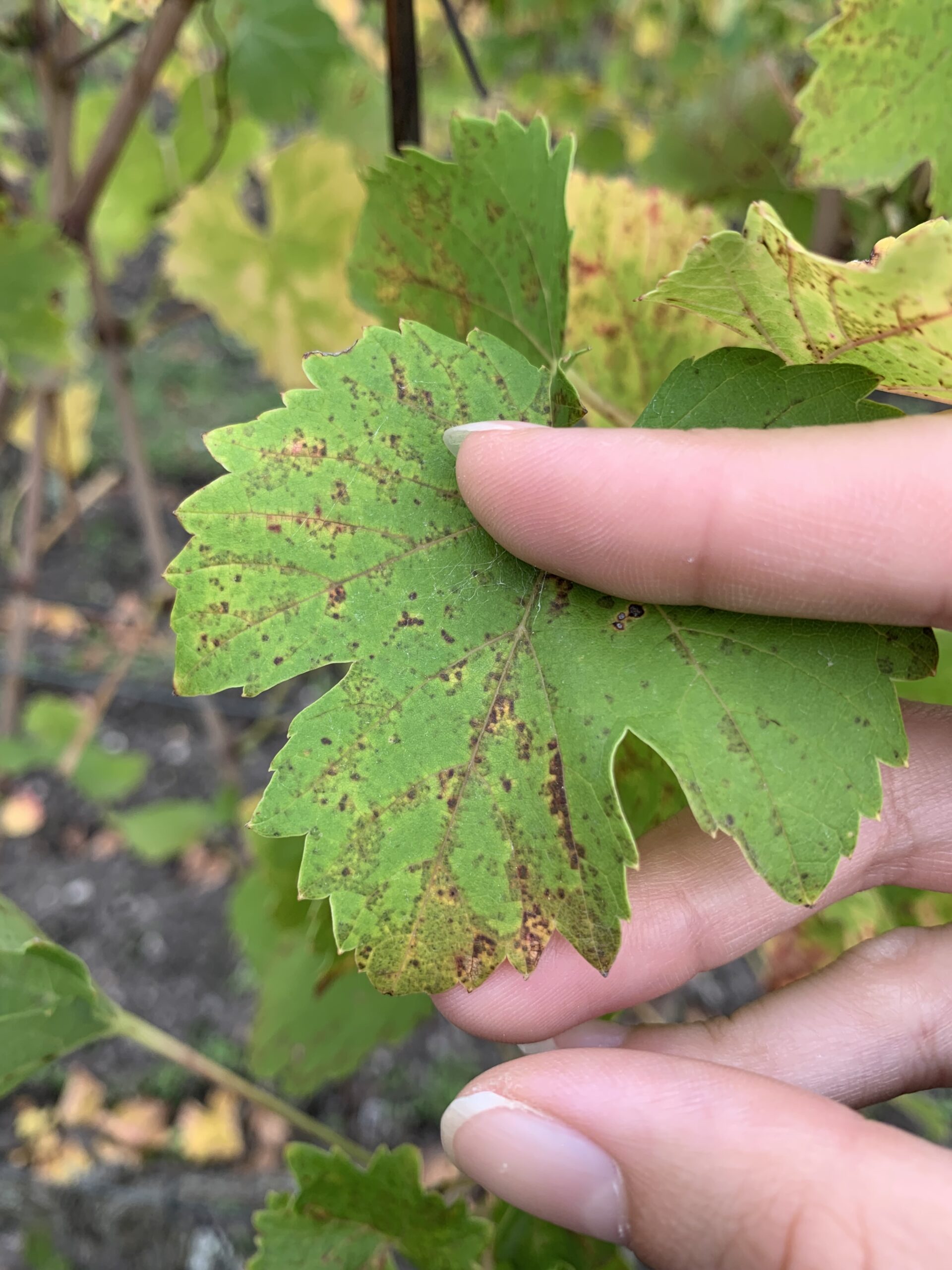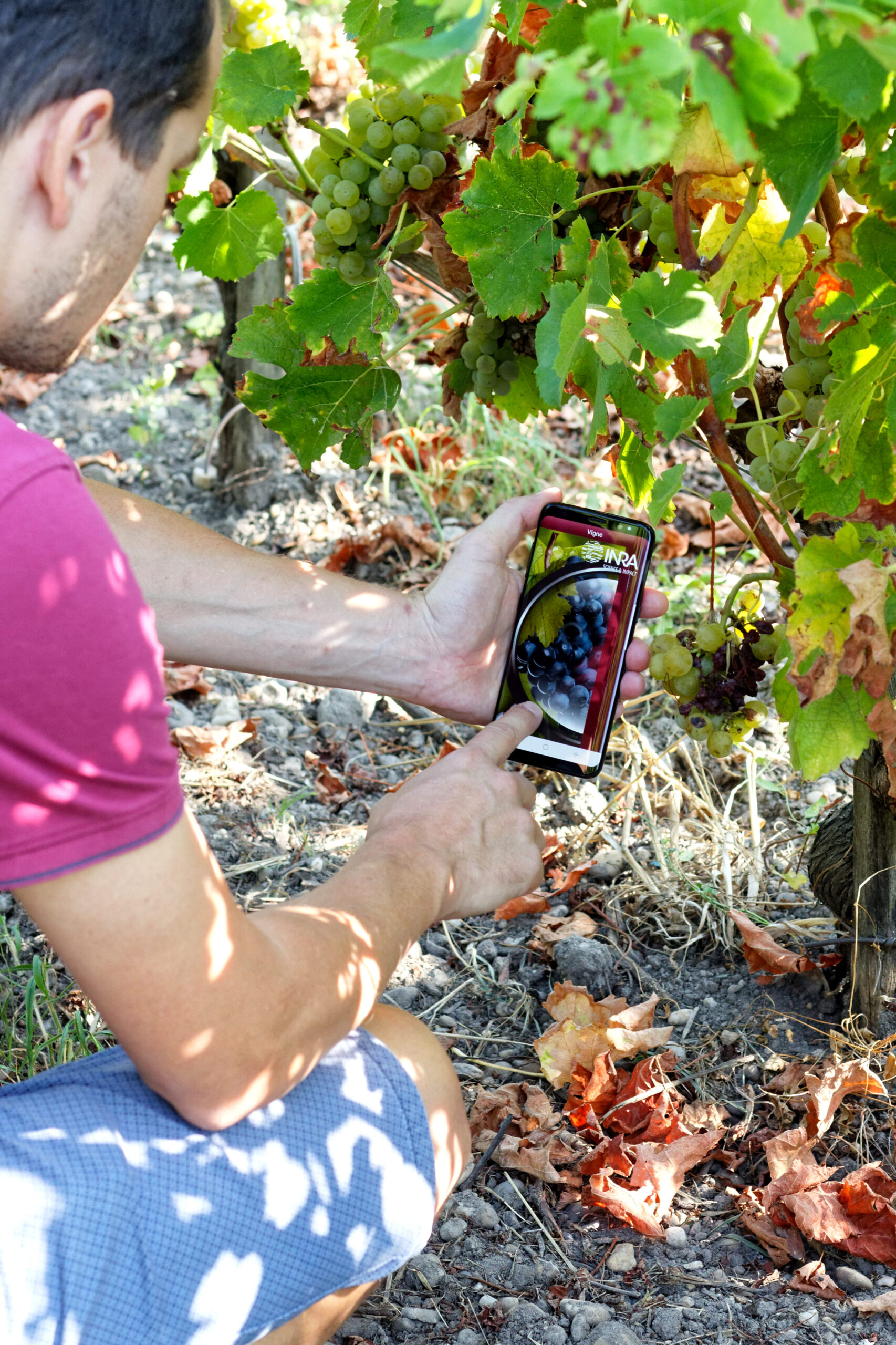

Be mindful of the timing: generally, disease outbreaks on resistant varieties coincide with outbreaks on susceptible varieties.
Do not hesitate to consult the Ephytia website, dedicated to plant health, our Oscar photo library, or our technical datasheets to verify symptoms.
If in doubt, place suspicious leaves in a humid chamber for 24 to 48 hours and observe for sporulation with a binocular loupe. However, absence of sporulation does not exclude the presence of downy mildew or powdery mildew: resistance conferred by the selected gene induces a hypersensitive response resulting in necrosis (not sporulation).
Use the filters to select a disease and a grape variety to discover the associated symptoms.
The INRAE e-phytia portal allows you to identify vine diseases and pests, understand their biology to choose appropriate protection methods, apply biological (and/or alternative) protection techniques, and most importantly, supports you in conducting your epidemiological surveillance as part of the OSCAR observatory.
A mobile version of this portal is also available for download on Google Play and the App Store.

